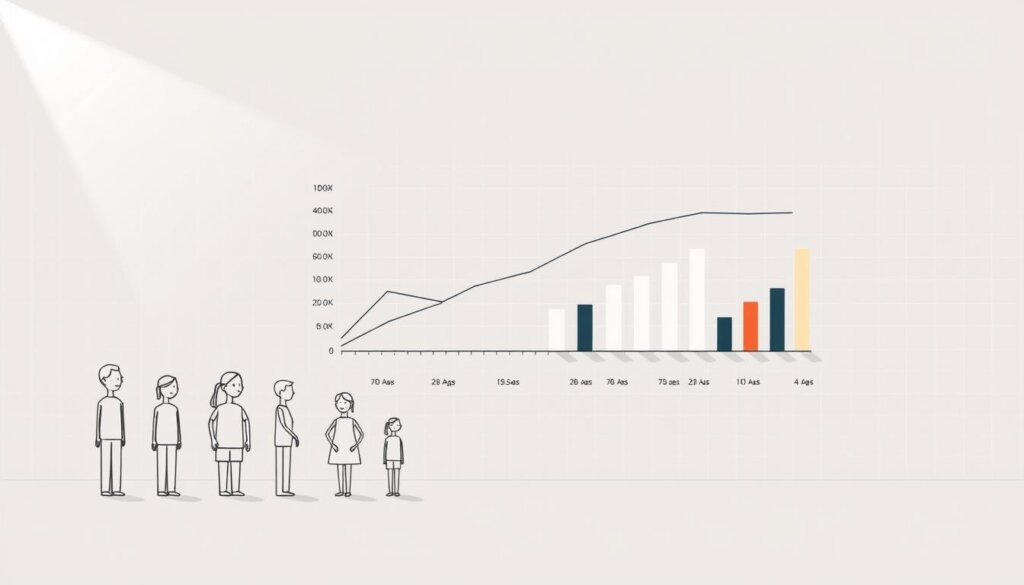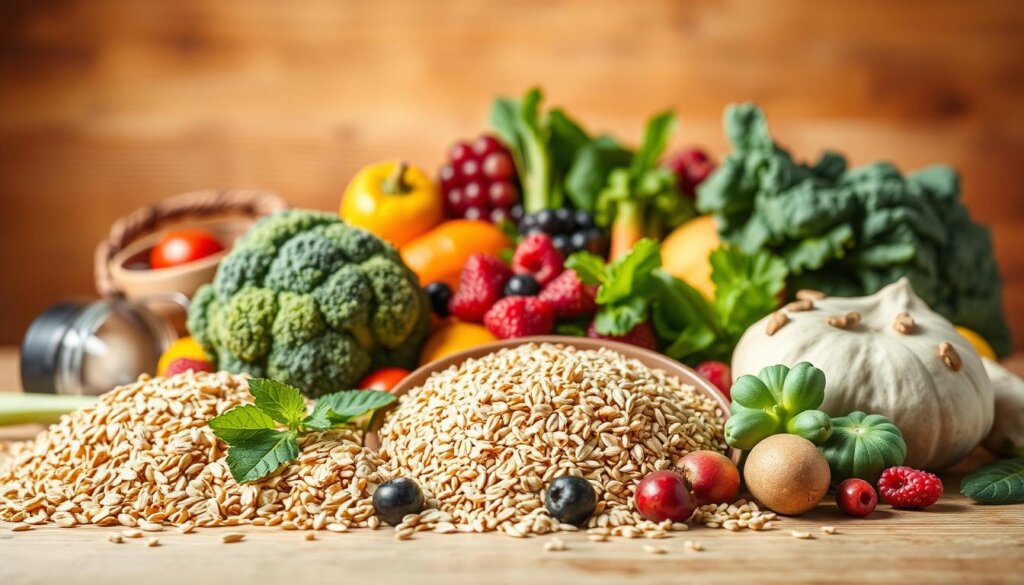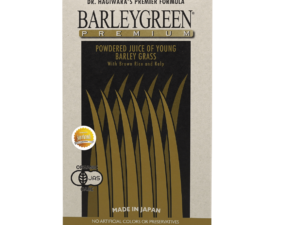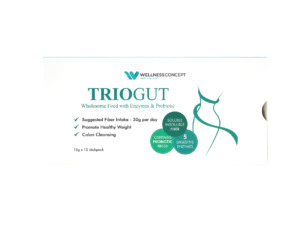Did you know 9 out of 10 adults worldwide don’t meet their recommended fiber intake? While the FDA suggests 28 grams per day for optimal health, most people barely reach half that amount. This gap impacts everything from digestion to long-term wellness—and it’s a problem Wellness Group Malaysia helps solve through personalized nutrition guidance.
Fiber needs aren’t universal. Age, activity levels, and specific health goals all shape individual requirements. Consuming too little can lead to digestive discomfort, while excessive amounts might cause bloating. Striking the right balance matters for energy, gut function, and disease prevention.
Wellness Group Malaysia simplifies these guidelines for local lifestyles. Their experts combine global standards with insights into Malaysian dietary habits, ensuring realistic strategies for boosting dietary fiber intake. Whether through whole grains, fruits, or legumes, small adjustments create lasting benefits.
Key Takeaways
- Adults typically need 28 grams of fiber daily, but most consume far less
- Individual factors like age and activity level affect personal requirements
- Balanced intake supports digestion and prevents chronic conditions
- Gradual increases help avoid digestive discomfort
- Wellness Group Malaysia tailors recommendations to local food preferences
Understanding Daily Fiber Intake
Fiber acts like a multitasking superhero in your body—working silently to keep systems running smoothly. Unlike proteins or fats, it isn’t broken down during digestion. Instead, it travels through your system intact, delivering benefits at every stage.
What Makes Dietary Fiber Unique?

Click to LEARN MORE
Dietary fiber comes exclusively from plant-based foods like oats, beans, and vegetables. There are two primary types: soluble and insoluble. Each plays distinct roles in maintaining health, from stabilizing blood sugar to supporting regular bowel movements.
Soluble vs. Insoluble: A Dynamic Duo
Soluble fiber dissolves in water, forming a gel that slows digestion. This type helps manage cholesterol and keeps energy levels steady. Oats and citrus fruits are excellent sources.
Insoluble fiber adds bulk to stool, acting like nature’s cleanup crew. Whole grains and leafy greens pack this variety, which prevents constipation and keeps your gut moving efficiently.
Both types work with fermentable fibers to nourish beneficial bacteria in the colon. This synergy supports immune function and overall digestive wellness, as detailed in research on gut health connections.
Factors Influencing the Daily Limit of Fiber
Your ideal fiber target isn’t printed on nutrition labels—it’s shaped by your unique biology and habits. Let’s explore how three key elements determine what your body truly needs.

Age, Sex, and Lifestyle Considerations
Biological factors create surprising variations in dietary needs. Younger adults typically require more fiber than seniors—active metabolisms demand higher energy support. Men often need 3-7 extra grams per day compared to women, reflecting differences in average body size and calorie consumption.
| Group | Daily Fiber Needs |
|---|---|
| Women under 50 | 25-28 grams |
| Men under 50 | 31-34 grams |
| Women 51+ | 22 grams |
| Men 51+ | 28 grams |
Children’s requirements grow with them—from 14 grams at age 1 to 31 grams by 18. Active individuals might need slightly more fiber to support their energy expenditure, while those with digestive sensitivities often benefit from gradual adjustments.
Think of these numbers as starting points. Signs like irregular digestion or persistent hunger might signal needs outside standard ranges. A construction worker in Johor Bahru and a retiree in Penang could have vastly different optimal intakes—even if they’re the same age and gender.
Remember, your lifestyle writes the final prescription. Office workers needing afternoon energy boosts might prioritize soluble fiber, while athletes could focus on carb-rich whole grains. Listen to your body—it often knows best.
What is the daily limit of fiber? Recommended Guidelines
Global health organizations set different fiber goals—here’s why it matters. While core principles remain consistent, cultural diets and regional research shape official recommendations.
Current Dietary Recommendations from Leading Authorities
The FDA’s 28-gram baseline for adults serves as a general benchmark. However, detailed breakdowns reveal nuanced needs:
| Age Group | Men | Women |
|---|---|---|
| 19-30 years | 34g | 28g |
| 31-50 years | 31g | 25g |
| 51+ years | 28g | 22g |
European guidelines suggest 25-32g per day, while Australia recommends 30-38g. These variations stem from differing interpretations of research on heart health and diabetes prevention.
Global and National Comparisons
Countries with traditionally high-fiber diets show compelling health patterns. Rural African populations averaging 50g daily exhibit lower rates of colorectal cancer, according to a 2023 review in Lancet Gastroenterology.
- Japan: 20-25g (fermented soy focus)
- India: 35-40g (legume-rich cuisine)
- Mexico: 30-35g (maize-based dishes)
Malaysia’s average intake of 20g leaves room for improvement. Emerging studies suggest gradual increases toward 30-35g could enhance metabolic health without digestive strain.

Click to LEARN MORE
Remember, these numbers represent minimums. Many nutritionists now advocate “the more the better” approach—provided increases happen slowly and with adequate hydration.
Strategies to Increase Fiber Intake
Boosting your fiber doesn’t require a complete diet overhaul—just smarter swaps. Start by identifying tasty, fiber-rich foods that blend seamlessly into local meals. A warm bowl of lentil curry or fresh mango slices can make nutrition feel effortless.

Incorporating High-Fiber Foods into Meals
These powerhouse ingredients pack impressive fiber counts per serving:
| Food | Serving | Fiber (grams) |
|---|---|---|
| Black beans | 1 cup | 15.4 |
| Raspberries | 1 cup | 8 |
| Chia seeds | 1 oz | 8.4 |
| Brown rice | 1 cup | 3.5 |
Try mixing chia seeds into overnight oats or tossing roasted Brussels sprouts into fried rice. For breakfast, swap white bread for whole grain toast topped with almond butter. These changes add up without sacrificing flavor.
Gradual Adjustments for Better Digestion
Increase fiber slowly—aim for 3-5 extra grams every 3-4 days. Drink 1-2 extra glasses of water daily to help your system adapt. A sudden jump from 15g to 30g might leave you bloated, but steady progress prevents discomfort.
Pair fiber-rich vegetables with proteins like fish or tofu to balance meals. Snack on crunchy carrots or a juicy pear instead of processed options. For personalized tips, explore digestive health strategies tailored to Malaysian lifestyles.
Managing Too Much Fiber: Symptoms and Solutions
While fiber offers numerous benefits, even good things require moderation. Overdoing it can lead to uncomfortable symptoms that disrupt daily life. Let’s explore how to spot trouble and restore balance effectively.
Recognizing Signs of Overconsumption
Your body sends clear signals when fiber intake crosses healthy limits. Common warnings include persistent bloating, excessive gas, and unexpected constipation. These issues often appear when consumption exceeds 70g daily.
| Symptom | Common Causes | Quick Relief Tips |
|---|---|---|
| Abdominal cramps | Excess bulk in intestines | Warm compress |
| Diarrhea | Rapid gut transit | BRAT diet (Bananas, Rice, Applesauce, Toast) |
| Nutrient deficiencies | Impaired absorption | Temporary supplement pause |
Ironically, too much fiber can cause constipation by creating bulky, dry stools. This happens when insoluble fibers dominate without enough water intake.
Effective Methods to Balance Your Diet
Reset your system with these practical steps:
- Drink 8-10 glasses of water daily to soften fiber’s bulk
- Pause supplements and reintroduce them gradually
- Swap high-fiber foods with easily digestible options like white rice or steamed fish
Light exercise like walking stimulates digestion, helping move excess fiber through your system. For those using fiber supplements, timing adjustments often prevent future issues.
Remember, temporary reductions don’t mean abandoning fiber long-term. Most people regain comfort within 3-5 days by following these strategies.
Wellness Group Malaysia: Your Partner in Dietary Guidance
Navigating nutritional needs becomes effortless with expert support. Wellness Group Malaysia bridges the gap between global health standards and local culinary traditions, creating sustainable strategies for better nutrition.
“True wellness starts with understanding your plate—not just counting grams.”
Their approach focuses on three core benefits of optimal dietary fiber intake:
| Health Benefit | Support Strategy |
|---|---|
| Weight management | Meal plans featuring local staples like brown rice and tropical fruits |
| Cholesterol control | Smart swaps using okra and barley |
| Diabetes prevention | Blood sugar-stabilizing snack ideas |
Convenient Access to Expert Advice
Wellness Group operates during extended hours to accommodate busy schedules:
- Weekdays: 9:30 AM – 6:30 PM
- Weekends: 10 AM – 5 PM
Start Your Wellness Journey Today
Reach their nutrition specialists via WhatsApp at +60123822655. Whether you’re managing heart health or preventing disease, personalized guidance awaits at your fingertips.
Conclusion
Populations thriving on high-fiber diets showcase its life-changing potential. A landmark study found rural South Africans consuming over 50 grams daily experience remarkably low rates of chronic disease. This mirrors the proven benefits of balanced dietary habits—better weight control, stabilized cholesterol, and reduced diabetes risk.
Small, consistent changes make the biggest impact. Swapping white rice for brown varieties or adding lentils to soups boosts fiber without disrupting meals. Gradual increases paired with hydration help avoid discomfort while nurturing gut bacteria.
Wellness Group Malaysia simplifies this journey. Their nutritionists craft plans using local foods like jackfruit and barley, aligning global standards with Malaysian flavors. Whether managing heart health or enhancing digestion, personalized guidance ensures sustainable results.
Ready to transform your health? Start today—steam some okra, snack on guava, or contact Wellness Group at +60123822655. Your body will thank you for every fiber-rich bite.
FAQ
How does dietary fiber support overall health?
Dietary fiber promotes digestion, regulates blood sugar, and lowers cholesterol. Soluble fiber in oats or beans helps manage heart disease risk, while insoluble fiber from whole grains aids bowel regularity. Studies link adequate intake to reduced diabetes and colon cancer rates.
What are easy ways to add more fiber without discomfort?
Start with small swaps like brown rice instead of white or snacking on fruits like apples. Gradually increase portions of vegetables, lentils, or chia seeds. Pair with water to ease digestion and avoid bloating. Wellness Group Malaysia suggests tracking intake using apps like MyFitnessPal.
Can too much fiber cause health issues?
Excessive fiber may lead to cramps, gas, or constipation if hydration isn’t prioritized. Balance by adjusting portions of high-fiber foods like bran or avocados. If symptoms persist, consult a nutritionist at Wellness Group Malaysia for personalized advice.
How do age and gender influence daily fiber needs?
Men under 50 typically need 38 grams daily, while women require 25 grams. After 50, needs drop slightly due to metabolic changes. Active individuals or those managing weight might benefit from higher intake, guided by professionals like Wellness Group Malaysia’s team.
What fiber-rich foods align with USDA guidelines?
The USDA emphasizes whole grains, legumes, nuts, and diverse fruits or vegetables. For example, quinoa offers 5 grams per cup, while raspberries provide 8 grams per serving. Pairing these with lean proteins ensures a balanced diet.
How does Wellness Group Malaysia assist in meal planning?
Their experts create tailored plans focusing on gradual fiber increases, hydration, and nutrient timing. Contact them via WhatsApp at +60123822655 (Monday–Friday, 9:30 am–6:30 pm) for recipes, supplement tips, or digestion strategies.






